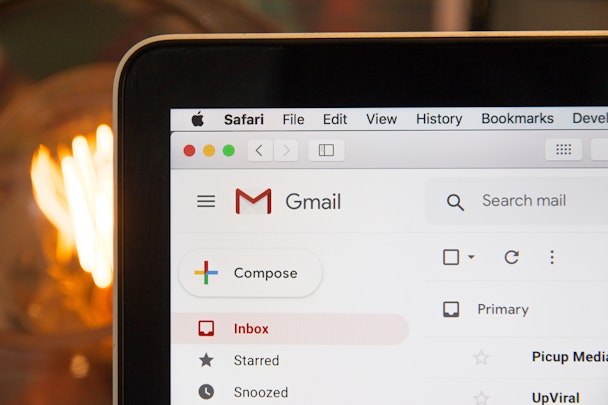Email open rates: value or vanity?
When you send out an email you want to know it’s arrived, right? You want to know that someone has looked at it, and ideally that someone has read it. In a perfect world the email recipient would also click on all the right links, and they would take the desired action. Wow, easy! If only it were that simple...

Paragon reassesses the measures of successful email marketing and provides details of what to look out for
Now, more than ever, it is becoming more important for marketers to monitor key performance indicators to gain a better understanding of what works in an email and what doesn’t. We’re easily able to uncover key stats such as whether an email has been delivered (hard and soft bounce stats) and whether someone has engaged with the content and clicked one or more of the featured links (click-through rate).
But it’s always been harder to prove that it’s been opened (a pixel that relies on images being on, which isn’t always the case) and indeed whether an email open actually means it’s been looked at. Now thanks to Apple’s latest iOS 15 privacy changes, understanding opens is going to get even harder.
In summary, Apple’s annual Worldwide Developers Conference has hailed its “latest innovations in [its] legacy of privacy leadership” referred to as Mail Privacy Protection. Users will be given a choice of whether they want to select this service or not. If chosen, this new feature will prevent senders from knowing when recipients open an email and will mask their IP address so it can’t be linked to other online activity or used to determine their location.
So, content will be ‘opened’ by the machine before it’s actually ‘opened’ by the user (even if they don’t actually open it). Apple will also block forward tracking, so you won’t know if your subscriber forwards an email either. This will impact anyone opening any email through an Apple client of some kind, regardless of the email server used (Gmail, Yahoo, Outlook), but not if they open Gmail in Gmail, for example.
So what? Well, here’s some maths. If your open rate is 20% and 38% of people are opening in an Apple mail app, 96% of them enable the Privacy setting (which is likely given previous privacy initiatives), and assuming Apple reports 100% open for those people, your new open rate will show 50.4%. Over-reporting is the most likely scenario – currently suggested at 80% by tests being carried out – but it will fall to 12.7% if Apple reports 0% open. Either way, open rates will become a lot less reliable.
So, what will that mean for how we view email open rates – will they remain a truly valuable and reliable benchmark? Or are they just a vanity metric that the industry likes to shout about? We can look at this from both sides of the fence.
Email open rates can be valuable:
-
Open rates being used as an indicator of engagement – they help us understand how people are engaged and what should be sent, as well as levels of deliverability.
-
They help us judge the effectiveness of subject lines with A/B tests.
-
Many journeys have components and rules logic that are based on non-openers, resends or bounce to print.
-
Live content such as countdown timers, live sports scores, live poll results and maps populate when an email is opened, not the time sent. This change will likely impact this.
-
Open times inform Send Time Optimization.
-
They give some relative benchmark within industry and across sectors.
-
They can help judge the overall health and quality of an email list.
Then on the flip side, open rates are a vanity measure:
-
Just because they have opened doesn’t mean they have read the email or taken out any message from the activity. Is opening really engagement?
-
A subject line might be more intriguing to drive opens, but the email may not deliver against expectations set. A supposedly ‘weaker’ subject line on opens may still drive better response/conversion.
-
Delivery and response are arguably more relevant metrics to justify list health and quality.
When it comes down to it, we believe that email open rates are of extreme value. They are a great tool to track engagement and will remain helpful in knowing what is working for your customers as needs and behaviors continue to change. With the impending Apple iOS 15 privacy changes affecting open rates, marketers need to take urgent action. What should you do to prepare for impact?
Well, that would be telling, and we can’t give it all away that easily! Watch our latest webinar where we give some practical advice on what companies can do to review existing logic rules on email campaigns, how email design and content could be changed to accommodate, and the need for a different approach to analytics and measurement.
Watch the on-demand webinar here.
Kate Isbey, senior marketing executive at Paragon.
Content by The Drum Network member:

Paragon DCX
DCX is the agency and consulting arm of the Paragon Group. We combine the power of data with compelling creative and digital technology to help brands connect better...
Find out more
